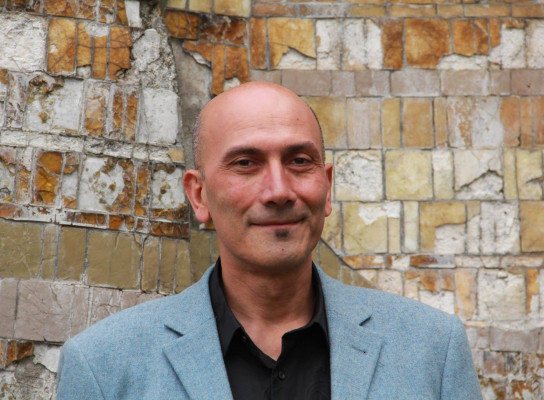
Giuseppe Cortese Paleoclimate Scientist
I was born in Reggio Calabria, a Greek colony founded in 740 BC at the very tip of Italy’s boot, just opposite Sicily: only 3 km away, quite practical if you can walk on water. After a lot of close brushes with Mesozoic rocks during my University years, I specialized in modern radiolarians, the plankton group that controlled the silica cycle in the ocean for a long time, until diatoms stole their show… I’ve worked on fjords, the Nordic Seas and their oceanography, morphometry of microfossils, temperature and sea ice reconstructions, silica cycle, polar paleoclimate, iron fertilization and all things Southern Ocean. I moved to New Zealand in January 2008, where I keep on studying the Southern Ocean, the SW Pacific and the Tasman Sea, particularly their recent past climate history. As fitting for my Greek heritage and geological background, I married my own rock (Meera) on a caldera rim, in Santorini. I have way too many hobbies to cleanse my brain, including playing tenor saxophone and keyboards, riding motorbikes, cooking, fishing/boating, travelling and experiencing the world, learning languages, and gaming.
View Bio Contact Me